Masking and Visitation Changes: Due to high rates of respiratory illnesses in our community, we’ve made changes to our masking and visitation guidelines. Learn more.

Code Purple was intended to provide a way for workforce members to request additional support when all other interventions to de-escalate a situation were unsuccessful. With the disproportionate and inappropriate use of Code Purple calls on Black and African American patients, Seattle Children's committed to creating a new response system that would help eliminate disparities, detailed in the Health Equity and Anti-Racism Action Plan. As of January 9, 2023, Adaptive Social Response is now live at the hospital campus and Springbrook Professional Center. Code Purple is no longer an available resource.
Seattle Children’s is five months into the new Adaptive Social Response system. The intent of the new system is to engage with those who need extra support early on and match their need with the right supports and resources. Seattle Children’s relied on a co-design process to develop the Adaptive Social Response system in partnership with those most impacted. Co-design is a participatory process and Seattle Children’s collaborated with 37 families, patients, community leaders and workforce members to identify recommendations that created the new system.
Adaptive Social Response defines conflict as an unmet need.
Focusing on what is needed invites compassion and a trauma-informed approach to the de-escalation response.
The following story and staff member responses illustrate how the relational, intentional team approach is working to get the right help to the right people at the right time.
Tensions arose early. A family that identified as racially and ethnically diverse was preparing for surgery for their child.
CDHE consultants had an existing relationship with the family based on previous experiences. Upon re-admittance, a CHDE consultant reconnected with the family for a consultation and learned that the parents were very anxious about how they might be perceived.
Based on previous interactions with workforce members, the family was worried there might be false allegations about their behavior to the extent that security and the police might be called. CDHE listened to understand the source of the family’s distress and began to request support across multiple teams.
Over the course of a few weeks, staff members from CDHE, the Behavioral Support Team, Social Work, the medical team, nursing leaders and Support Team came together to proactively connect with the family and navigate challenges together. Family meetings were held with open communication and partnership with the family to identify solutions.
Emphasizing ongoing relationships, CDHE and the Support Team provided bedside follow up, with warm hand-offs to others including nights and weekends when fewer workforce members and support resources are available. A security supervisor met with the family to proactively establish a relationship and help the family feel safe in the way that they requested.
The situation was non-linear and sometimes challenging, but the family and team felt they had the support, voice and advocacy they needed through the Adaptive Social Response. As the name suggests, the approach is flexible and team members tend to propose, “We are going to try this thing and check back in.”
When the family’s child became sicker and their needs changed, support was adapted in real time. The story is not over and the team expects the family is likely to return in the future. The relationships that were established can continue as the story unfolds.
We are going through a huge culture shift. It's a shift in approaching the work so holistically and it's a shift in not assuming an outcome. We have to adapt our approach to account for and include the patient/family experience.
Maya Scott, director, Center for Diversity and Health Equity
Breaking down silos in a collaborative, cross-team effort, the Behavior Support Team and embedded Center for Diversity and Health Equity (CDHE) consultants collaborate closely with other teams including Social Work, Support Team, Child Life, Spiritual Care, Security Services and others.
The following story and staff member responses illustrate how the relational, intentional team approach is working to get the right help to the right people at the right time.
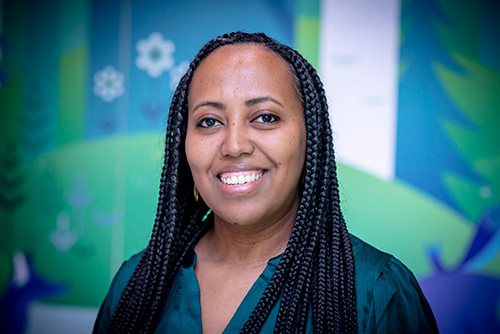 As a hospital-based consultant, I provided in-person, bedside support to the family. To build a strong connection, I sought to visit the family in their child’s room every other day during their six-week stay. The family shared how challenging interactions with Seattle Children’s providers were and how inconsistent care team communication had eroded their trust in the care their child was receiving.
As a hospital-based consultant, I provided in-person, bedside support to the family. To build a strong connection, I sought to visit the family in their child’s room every other day during their six-week stay. The family shared how challenging interactions with Seattle Children’s providers were and how inconsistent care team communication had eroded their trust in the care their child was receiving.
To improve communication between providers and the family, I listened to all perspectives and validated experiences. Respecting the parents’ autonomy and choice, I amplified the parents’ advocacy in how they preferred to be treated and communicated with, sharing concrete examples of bias in interactions they had experienced with the care team.
I supported the care team in navigating their feelings of uncertainty and how best to involve the parents in decision making. Throughout it all, I reassured the family that the medical care model and care teams were providing the best care possible for their child.
I’m constantly reminded of the importance of communication in establishing and maintaining trust — starting with strong communication during admission, emphasizing relationships, understanding health literacy levels and constantly requesting family feedback to ensure shared understanding of the care plan.
For families with complex medical conditions, relationship continuity is critical for preserving trust and we should strive for at least one ongoing relationship to ensure consistent communication throughout their care.
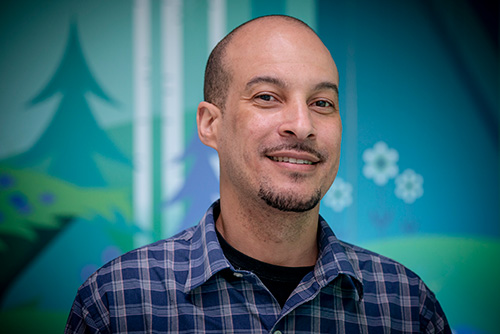 I assisted the dad in identifying barriers and advocating for his child's care. We developed a support plan together. The plan included access to Behavioral Support and Security, providing a safe place for dad to advocate for his child for in real time. I also explained which additional teams were involved and their roles, providing reassurance throughout that all teams were committed to supporting him and his family during his child's admission at Seattle Children’s.
I assisted the dad in identifying barriers and advocating for his child's care. We developed a support plan together. The plan included access to Behavioral Support and Security, providing a safe place for dad to advocate for his child for in real time. I also explained which additional teams were involved and their roles, providing reassurance throughout that all teams were committed to supporting him and his family during his child's admission at Seattle Children’s.
Donald was on the Behavior Support Team when this story took place.
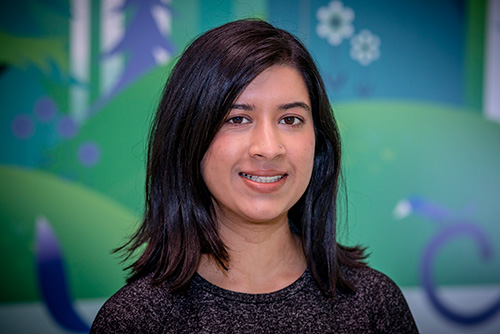 If frontline workforce members don’t know what to do or who to call, reach out to us – the Behavioral Response Team! We do more than help navigate patient behavior but are also available to help manage all sorts of conflict, including parent conflict. We act as a mediator between families and workforce members — assessing, advising and responding. Our team asks frontline workforce members open-ended questions and uses the information learned to help triage the situation and identify the appropriate resources. The Behavior Support Team calls the identified resources and together, as a unified team, proceeds to support the patient/family/workforce member in person.
If frontline workforce members don’t know what to do or who to call, reach out to us – the Behavioral Response Team! We do more than help navigate patient behavior but are also available to help manage all sorts of conflict, including parent conflict. We act as a mediator between families and workforce members — assessing, advising and responding. Our team asks frontline workforce members open-ended questions and uses the information learned to help triage the situation and identify the appropriate resources. The Behavior Support Team calls the identified resources and together, as a unified team, proceeds to support the patient/family/workforce member in person.
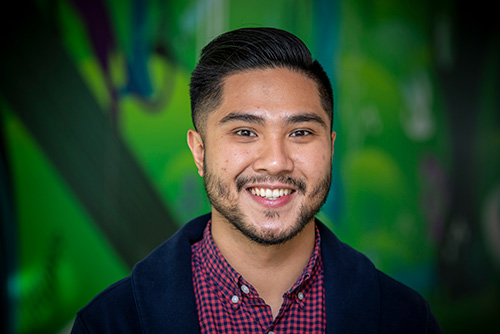 I help bridge the gap between the family and their care teams. I listened compassionately and validated the family’s experience during in-depth, bedside conversations.
I help bridge the gap between the family and their care teams. I listened compassionately and validated the family’s experience during in-depth, bedside conversations.
The family did not feel heard and named inconsistencies in their child’s care plan. I partnered with CDHE, unit leadership and Security to validate the family’s concerns and collaborate with everyone involved in their child’s care. As a result, we established clear expectations, rebuilt trust and comprehensively supported the family during their child’s hospitalization.
Little moments and interactions can greatly impact a family’s experience. Families place their trust in Seattle Children’s to provide quality and safe care for their child. It’s important to remember that we all hold diverse experiences and perspectives. Families bring emotions and history when they enter Seattle Children’s doors, and we commit to partnering with them to provide the best possible care, contributing to a healthy and healing experience.
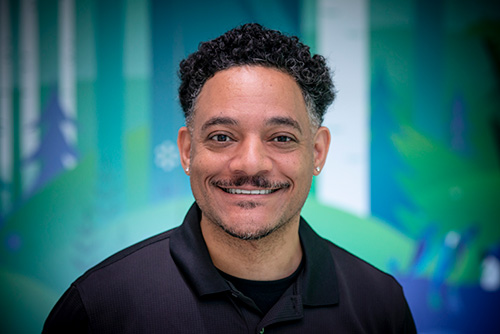 The family expressed concerns about possible negative labels rooted in racial stereotypes and the potential harmful consequences to their family. In particular, the family referenced the ways security or law enforcement engagement can pose a real risk to their personal safety in our society. I listened, related through my own experiences and emphasized that Seattle Children’s security supports patients, families and workforce members.
The family expressed concerns about possible negative labels rooted in racial stereotypes and the potential harmful consequences to their family. In particular, the family referenced the ways security or law enforcement engagement can pose a real risk to their personal safety in our society. I listened, related through my own experiences and emphasized that Seattle Children’s security supports patients, families and workforce members.
They asked, “How do you respond if someone doesn't like our advocacy and calls you?” I replied, “We listen and identify ways to partner with and support you.” They were surprised to hear that we support them too. A critical component of doing this work well is understanding the importance of entering spaces respectfully. The patient's room is the family zone, greatly influenced by a personal and stressful situation.
Historically, Security was usually called to respond to significant escalations. We're trained for those situations — building trust, de-escalating those involved and using culturally competent engagement methods to resolve difficult situations. But we can help even more if we’re involved before anyone feels threatened or unsafe. Now, with Adaptive Social Response, we're part of a highly collaborative cross-functional team focused on prevention and early engagement.
Eaden, Donald, Gurleen, Mark and Chris are just one part of the larger Adaptive Social Response story and team. Increased collaboration makes the system work better, breaking down silos that act as barriers to patient/family support.
Some team members are new while others have been advocating for change long before Adaptive Social Response was in place. The necessary skills existed but the previous system did not set workforce members, patients or families up for success.
The Adaptive Social Response core teams include the Behavior Support team, CDHE with allocated consultants, Support and Security.

Behavioral Support Team members, from left to right: Aleina Cabrera, Gurleen Singh, Adam Ganz, Juliana Fernandez, Brianna Richey, Aaron Kurzius, Jane Reid, Ritu Thaker
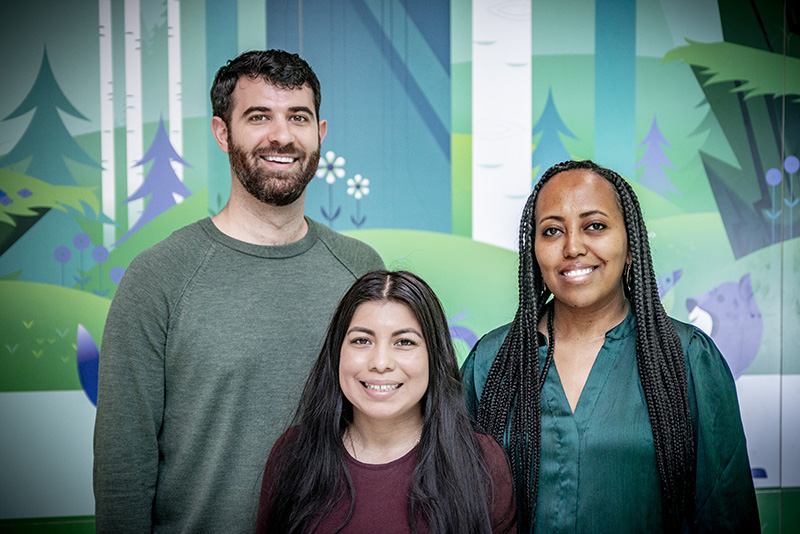
The CDHE consultants embedded in Adaptive Social Response, from left to right: Brice Burgess, Deborah Solis and Eaden Andu.
Maya Scott, director for CDHE and Lauren Huxtable (“Hux”), director of the Behavioral Support Program, were integral to the design and launch of the Adaptive Social Response system. They continue to provide leadership and Hux encourages workforce members, “Ask for help! It’s a low threshold for reaching out and we are here to support. Think of us like ‘phone a friend’ — earlier is better than later.”
Adaptive Social Response is an interative process. It emphasizes holding space for people. We're not always going to get it right the first time, and that's OK. We're not meant to and the intention in calling it Adaptive Social Response is that it is adaptive, right? We try something and learn from it.
Lauren Huxtable (“Hux”), director, Behavioral Support Program